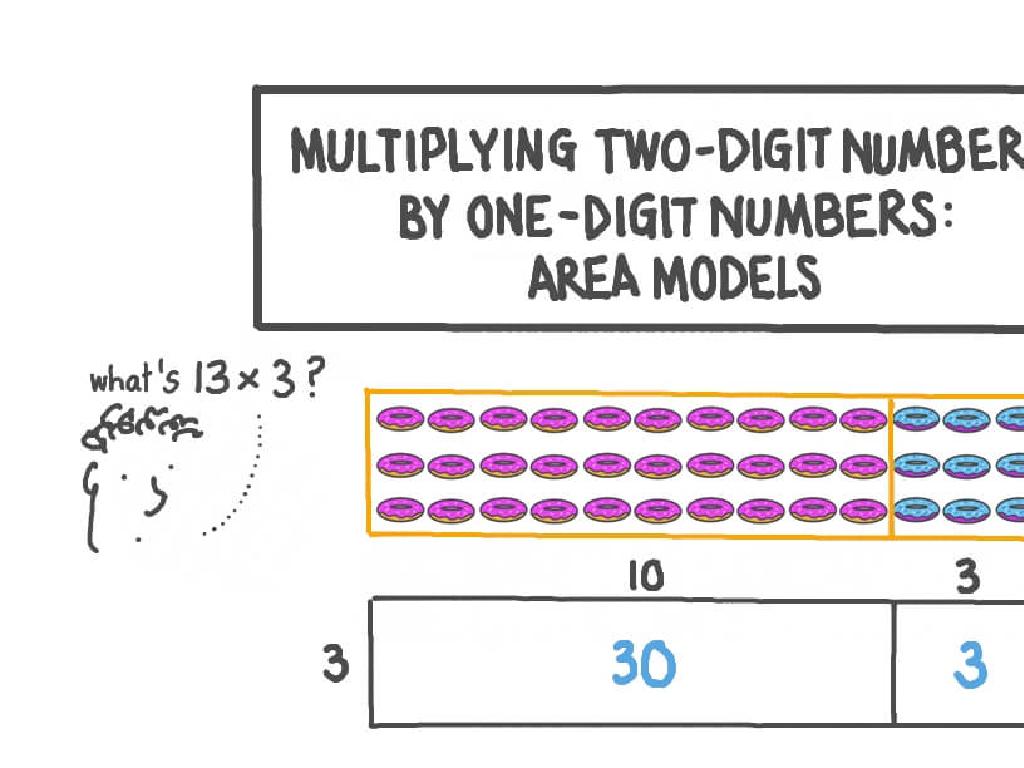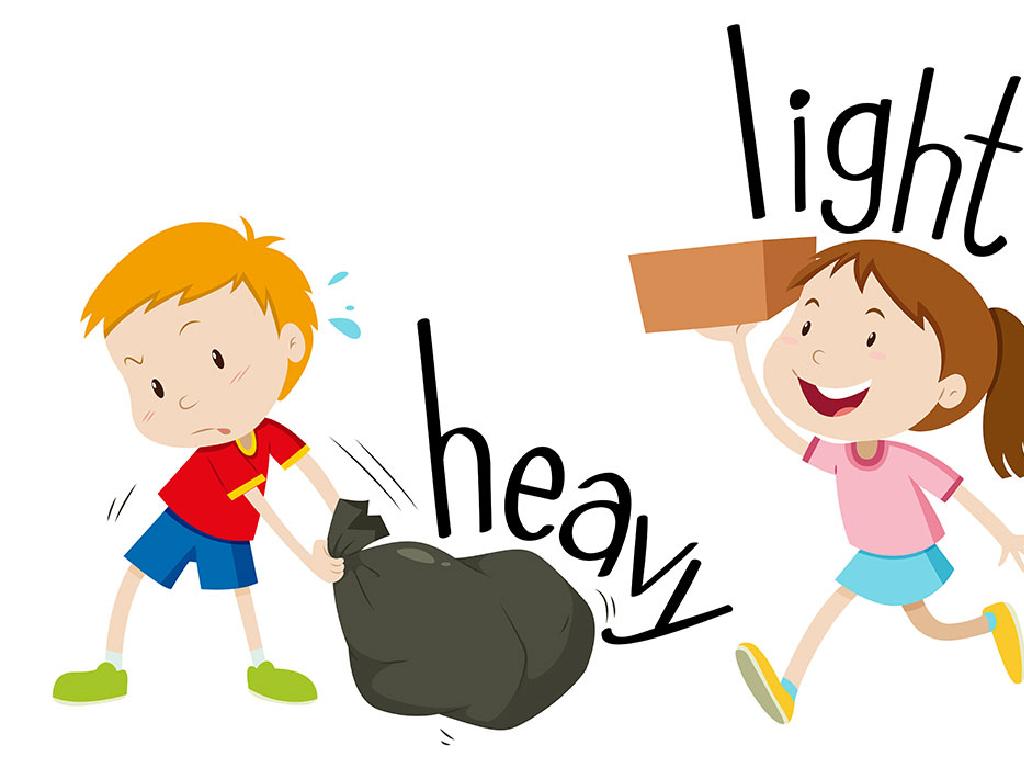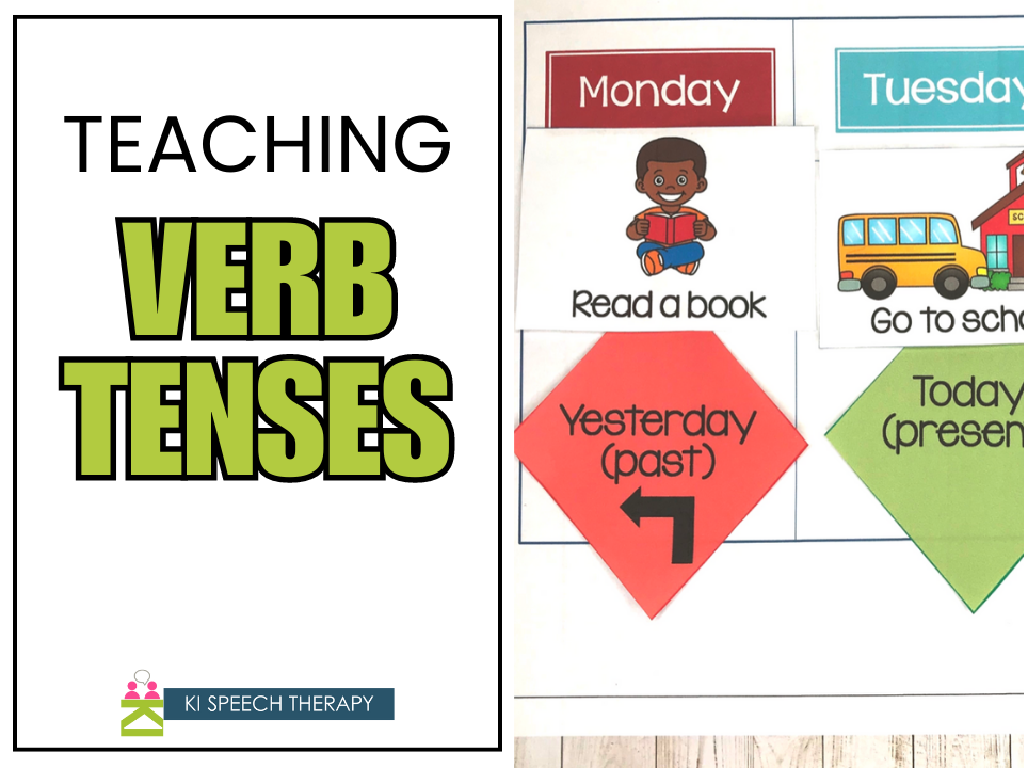Identify The Meaning Of Idioms And Adages: Set 1
Subject: Language arts
Grade: Sixth grade
Topic: Idioms And Adages
Please LOG IN to download the presentation. Access is available to registered users only.
View More Content
Exploring Idioms and Adages
– Define idioms and adages
– Idioms are phrases with a figurative meaning different from the literal meaning, e.g., ‘Piece of cake’ means something very easy.
– Purpose in language
– Adages are old, short sayings that express a general truth, e.g., ‘The early bird catches the worm’ means that success comes to those who prepare well and put in effort.
– Examples of idioms
– ‘Break the ice’ means to initiate conversation in an awkward or tense situation.
– Examples of adages
– ‘Actions speak louder than words’ means that what you do is more significant than what you say.
|
This slide introduces students to idioms and adages, which are integral parts of language that enrich communication and make it more colorful. Idioms are expressions that don’t mean exactly what the words say, while adages are proverbs that offer advice or say something true about life. Discuss the importance of understanding these phrases to fully grasp the intended meaning in various contexts. Provide examples of idioms and adages, and explain their meanings. Encourage students to think of idioms and adages they have heard in conversations, books, or movies. This will help them relate to the topic and understand the prevalence of these expressions in everyday language.
Understanding Idioms
– Define an idiom
– An expression with a meaning different from the literal interpretation
– Idioms vs. literal language
– Idioms imply meanings, while literal language states facts
– Example: ‘Piece of cake’
– Means something very easy to do
– Example: ‘Break a leg’
– Means to wish someone good luck
|
This slide introduces students to the concept of idioms, which are phrases that cannot be understood from the meanings of their separate words but have a separate meaning of their own. Explain that idioms are a type of figurative language and are different from literal language, which means exactly what it says. Use common idioms like ‘Piece of cake’ to illustrate that it means something is very easy, not about actual cake. ‘Break a leg’ is used to wish someone good luck, especially performers, and doesn’t mean to literally break a limb. Encourage students to think about the idioms they may have heard and how context can help determine their non-literal meanings.
Exploring Adages
– Define an adage
– A traditional saying expressing a common experience or observation
– Adages and wisdom
– Adages often offer advice or wisdom about life
– Example: Early bird
– ‘The early bird catches the worm’ means that success comes to those who prepare well and put in effort
– Example: Actions speak
– ‘Actions speak louder than words’ tells us that what we do shows our true intentions more than what we say
|
This slide introduces students to adages, which are short, memorable sayings that express a truth or piece of advice based on common sense or experience. Adages are used to impart wisdom and often reflect cultural values. By exploring examples like ‘The early bird catches the worm’ and ‘Actions speak louder than words,’ students can learn how these phrases encapsulate practical lessons about life and behavior. Encourage students to discuss the meaning of these adages and to think of situations in their own lives where these adages might apply. This will help them understand the relevance and enduring nature of these expressions.
Understanding Idioms in Context
– Context clues reveal idiom meanings
– Words/sentences around idioms give hints
– Read a story, predict idiom meanings
– Guess what idioms could mean in the tale
– Discuss idioms’ impact on stories
– How do idioms change the story’s feel?
|
This slide aims to teach students how to use context clues to determine the meanings of idioms within a narrative. Start by explaining that idioms are phrases with meanings not deducible from the individual words. Provide a short story rich in idioms for the students to read. As they encounter each idiom, they should use surrounding text to infer meaning. After reading, facilitate a discussion on how idioms enhance storytelling by adding color and depth to the language. Encourage students to share their interpretations and understandings of the idioms from the story. This exercise will help them grasp the figurative language and improve their comprehension skills.
Adages in Our Lives
– Relating adages to life experiences
– Adages are short, memorable sayings that express a truth or advice, like ‘The early bird catches the worm.’
– Matching scenarios with adages
– Given a story, which adage fits best? For example, someone working hard and succeeding might match ‘No pain, no gain.’
– Adages as sources of wisdom
– Adages often come from historical wisdom and are passed down through generations because they have universal applicability.
– Discussing the advice in adages
– We’ll explore what lessons adages teach us and how they can guide our decisions and actions.
|
This slide introduces students to the concept of adages and their relevance in everyday life. Begin by explaining what adages are and how they encapsulate practical wisdom or moral lessons. Provide students with relatable scenarios and ask them to think about which adages would apply, fostering critical thinking about how these sayings are relevant to their own experiences. Encourage a class discussion on the deeper meanings of these adages and the advice they offer. This will help students to appreciate the timeless wisdom in adages and how they can apply this wisdom in their own lives.
Idioms and Adages Game
– Engage in an interactive game
– Match idioms/adages with meanings
– Examples: ‘Piece of cake’ means something very easy
– Pair up to solve the puzzles
– Cooperation can make learning fun and effective
– Reflect on the learning experience
– Discuss the challenges and insights gained
|
This slide introduces an interactive class activity designed to help students understand idioms and adages. The game will require students to work in pairs, promoting teamwork and communication. Each pair will receive a set of cards with idioms and adages on one set and their meanings on another. They will match the phrases to their meanings through discussion and collaboration. Teachers should prepare the matching sets in advance and ensure there’s a good mix of familiar and challenging phrases. After the activity, facilitate a class discussion where students can share their experiences, any difficulties they encountered, and what they learned about idioms and adages. This reflection will help consolidate their understanding and provide an opportunity for assessment.
Creative Writing with Idioms and Adages
– Write a short story or dialogue
– Incorporate three idioms or adages
– Use expressions like ‘piece of cake’, ‘break the ice’, or ‘the early bird catches the worm’
– Share your creation in class
– Reflect on the meanings
– Discuss how idioms and adages added flavor to your story
|
This slide prompts students to engage in a creative writing activity that will help them understand and use idioms and adages in context. Students are encouraged to write a short story or dialogue that naturally includes at least three different idioms or adages. This exercise will allow them to explore the figurative meanings of these phrases and how they can be used to convey ideas in a more colorful and impactful way. During the next class, students will have the opportunity to share their stories and discuss the meanings of the idioms and adages they chose. This will also serve as a peer learning activity, as they will hear different uses of idioms and adages from their classmates. The teacher should provide examples of idioms and adages for students who may need a starting point and ensure that they understand the task is to use them in a way that shows their understanding of the figurative language, not just their literal meanings.
Class Activity: Idiom and Adage Illustration
– Select an idiom or adage
– Create a literal drawing of it
– Use your imagination to visualize the phrase
– Prepare to present your artwork
– Explain your interpretation
– Share what the phrase means in your own words
|
This activity is designed to help students understand idioms and adages by engaging their creative skills. Students will choose a common idiom or adage, then draw what the phrase would look like if taken literally. This can lead to humorous and insightful discussions as students share their work. Encourage them to think about the deeper meaning behind the literal interpretation. Possible idioms and adages for this activity could include ‘a piece of cake’, ‘break the ice’, or ‘the early bird gets the worm’. After drawing, each student will present their interpretation to the class, explaining the actual meaning of the phrase. This exercise helps students to remember these expressions and their meanings more effectively.
Review and Reflection: The Power of Idioms and Adages
– Recap: Why idioms/adages matter
– Idioms/adages add color and expressiveness to our speech.
– Discuss: Enriching language
– They make language vibrant and impactful.
– Reflect: Today’s idiom/adage insights
– Think about the idioms and adages we’ve covered and their meanings.
– Class activity: Share your favorite
– Each student picks an idiom or adage, explains it, and tells why it’s their favorite.
|
This slide aims to consolidate the students’ understanding of idioms and adages. Begin by recapping the importance of these phrases in making language more expressive and engaging. Engage the class in a discussion about how idioms and adages add depth to our communication and help convey complex ideas in a relatable way. Encourage students to reflect on the idioms and adages learned in the lesson, discussing their meanings and the contexts in which they might be used. Conclude with a class activity where each student shares their favorite idiom or adage, explains its meaning, and describes why it resonates with them. This activity will help reinforce their understanding and appreciation of these linguistic tools.






